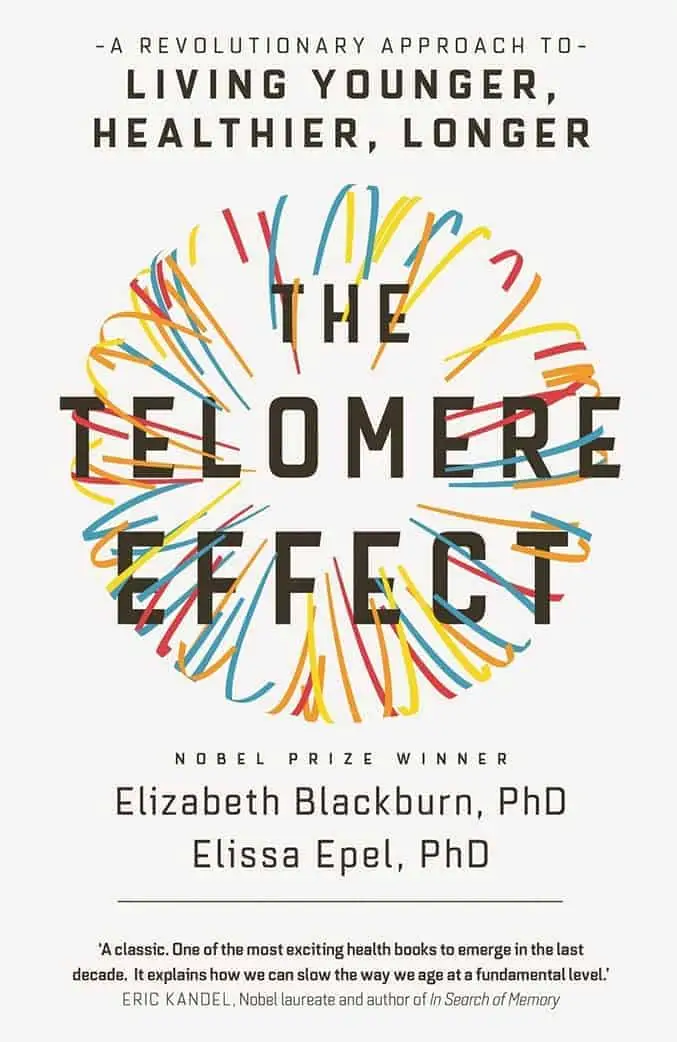Today's Thursday • 7 mins read
Aging accelerates. Your body ages faster at 60 than at 20, and it keeps getting faster.
Cells lose their ability to repair damage, proteins clump together where they shouldn’t, and your immune system starts assaulting healthy tissue. Each failure increases the likelihood of the next one.
Our risk of dying at 50 is three times higher than at 30. By 76, there’s a 4% chance of death within the year. That jumps to 30% by 97.
Then a strange thing happens. After 105, aging appears to plateau. A 2018 study found that the odds of dying stop rising beyond the 105th birthday.
So, can humans live beyond the current record of 122 years?
Scientists studying aging are optimistic that we could live up to 150 years. Aging researchers have already taken strides in developing the technology that can reverse aging in human cells.
“Aging is a disease that can be cured. Let’s reverse aging. Let’s remove the expiration date from life.” – Marcos Arrut, on X
How Old Is Old?
When do we get slotted into old age? Usually, people between 40 and 55 are called middle-aged, and those at 60 are called seniors.
Gerontologists, scientists who study aging, consider people old when they are 65 years of age. Over that, they divide the decades into specific bands:
- Those between 65 and 74 are the young-old.
- Those between 75 and 84 are the old-old.
- Those over 85 are the oldest-old.

What Causes Aging?
Aging doesn’t happen in a vacuum.
“Most humans age under stress, not in sterile, idealized conditions. Aging unfolds under metabolically and immunologically stressful conditions. Most people experience chronic inflammation, metabolic drift, and functional decline long before death.” – Stef F. Verlinden, 2025.
Aging stems from accumulated damage at multiple levels—from lifestyle choices to molecular breakdowns inside cells. Some factors we control. Others we don’t.
Lifestyle Factors That Control Aging
Three longevity studies tracked 824 Harvard graduates for over 50 years, starting in their teens. Using the data, George Vaillant identified 7 factors that predict healthy aging:
- Smoking: Quitting by 45 or “not being a heavy smoker before age 50” is the single most powerful predictor of healthy aging.
- Adaptive capacity: How do you handle stress and adversity? Vaillant calls this “mature defenses.” He says these mature abilities to adapt to situations are the second most powerful predictor of healthy aging.
- Alcohol intake: Alcohol abuse accelerates both physical and psychological decline. No amount of alcohol is beneficial for health (see Debunked: The Myth of Healthy Alcohol).
- Body weight: Obesity impairs physical health but shows no effect on psychological well-being.
- Marriage stability: A stable marriage benefits both physical and mental health.
- Education level: Higher education helps physical and psychological health by letting us appreciate the “connections between personal behaviors and their consequences.”
- Exercise: Regular physical activity strengthens both physical and psychological resilience.
Biological Mechanisms of Aging
At the cellular and molecular scale, aging is driven by oxidative stress, glycation, side reactions, mutations, protein aggregation and misfolding, and telomere shortening.
Epigenetic dysregulation directs much of those, controlling which genes get activated or silenced. We can now intervene in these mechanisms to restore cellular function and potentially reverse aging across organ systems.
Below are some biological mechanisms that control aging:
- Epigenetic dysregulation: Your cells don’t lose their genetic code as you age, but they lose the ability to read it correctly. Chemical markers that control gene expression drift off course, silencing genes that should be active and activating genes that should stay quiet. This miscommunication between your DNA and cellular machinery drives tissue dysfunction.
- Cellular senescence: It is when damaged cells that should die instead enter a living dead (“zombie”) state. They stop dividing but refuse to clear out, secreting molecules that cause inflammation in the neighboring healthy cells. A 70-year-old may carry billions of these senescent cells throughout their tissues, making up as much as 15% of cells in some tissues.
- Mitochondrial decline: Mitochondria are the power plants inside your cells. Over time, they accumulate DNA mutations and lose efficiency. Energy production drops, free radicals increase, and cells struggle to meet basic metabolic demands. This energy crisis hits high-demand organs first—the brain, heart, and muscles.
- Stem cell exhaustion: Your body’s repair crews wear out. Stem cells that once regenerated damaged tissue lose their proliferative capacity. Wounds heal more slowly, muscle mass declines, and organs lose the ability to bounce back from injury.
- Inflammation: Chronic low-grade inflammation, termed “inflammaging,” rises with age even without infection. This constant immune activation damages blood vessels, accelerates atherosclerosis, and increases cancer risk.
- Proteostasis collapse: Quality control systems that clear misfolded proteins break down. Toxic protein aggregates accumulate in neurons (Alzheimer’s), pancreatic cells (diabetes), and throughout the body, jamming cellular machinery.
To learn more about the root causes of aging, read Piotr Zimniak’s research on what drives aging at the proximal level.
What Does Not Cause Aging
Lifestyle Factors That Do Not Control Aging
Vaillant also identified what is not relevant in the aging process:
- Ancestral longevity: By 70 to 75, parental and grandparental lifespan showed no correlation with health outcomes.
- Childhood warmth: Early psychological adjustment didn’t predict healthy aging in later decades.
- Early temperament: Childhood personality traits lost their predictive power after 70.
- Parental social class: Family wealth and status during childhood had no bearing on health in old age.
- Cholesterol at 50: Midlife cholesterol levels didn’t distinguish the healthy from the sick or prematurely dead.
- Early stress: Physical and psychosomatic symptoms before 50 had no connection to health at 75.
Biological Myths About Aging
- Brain cell death is inevitable. The myth that we irreversibly lose thousands of brain cells daily is false. Neuroplasticity allows the brain to rewire throughout life. Cognitive decline stems from reduced connections between neurons, not cell death.
- Genetics determines lifespan. Genes matter less than you think when it comes to aging. Among the elderly populations, lifestyle and personal environment explain more health variation than DNA. The Danish Twin Study found that lifestyle and environment matter far more than DNA after age 60. Non-genetic environmental factors, like lifestyle choices, habits, and circumstances, outdo genetic inheritance in determining health outcomes after 60.
- Antioxidant supplements slow aging: Despite oxidative stress contributing to aging, antioxidant pills show no benefit in clinical trials. The body’s natural antioxidant systems respond to exercise and diet, not supplements.
- Metabolism slows dramatically with age: Metabolic rate stays stable from 20 to 60. The weight gain blamed on “slow metabolism” comes from reduced activity and muscle loss, not inherent metabolic decline.
Recommended Book:
Elizabeth Blackburn, who won the 2009 Nobel Prize for discovering telomerase, co-wrote The Telomere Effect with health psychologist Elissa Epel. The book shows how lifestyle choices influence telomere length. Adequate sleep preserves telomeres. Maternal stress during pregnancy is linked to shorter telomeres in children.
Final Words
Two persistent myths about aging refuse to die:
- Our brains shrink and lose cells every minute.
- Mental decline is inevitable and irreversible.
Both are wrong. Brain science over the past two decades has shown our brains remain plastic throughout life. They rewire and remodel in response to injury, learning, and experience. This adaptability, called neuroplasticity, means cognitive decline is not predetermined.
Lifestyle changes can preserve mental function. Exercise, learning new skills, social engagement, and sleep protect cognitive abilities well into late life.
Aging remains what Denham Harman defined in 1956: “the progressive accumulation of changes with time that are associated with or responsible for the ever-increasing susceptibility to disease and death.”
But the rate of that accumulation is not fixed. The biological mechanisms described above respond to intervention. Epigenetic changes can be partially reversed. Senescent cells can be cleared. Inflammation can be reduced.
The question is not whether aging happens, but how fast.
√ Also Read: Positive Aging: 7 Existential Hacks To Grow Old Gracefully
√ Please share it with someone if you found this helpful.
» You deserve happiness! Choosing therapy could be your best decision.
...
• Disclosure: Buying via our links earns us a small commission.
